If you do want to go hand held - there is a free option if you have an iPhone
Just search on the APP store - you'll see some light-meter apps you can download - you just point your iPone at the scene and it gives you your readings
I have
Lightmeter, which I used to great success with my old Lubitel - seemed to get the metering pretty accurate.
https://itunes.apple.com/us/app/light-meter-free/id410228606?mt=8
If you want a physical handheld - you have plenty to choose from.
Gossen and Sekonic are two of the main players - and the meters split into a number of sub categories (please excuse if you know this already)
Analog or digital - do you want a needle and dial display, or a digital readout
Incident or Reflected - do you want your meter to measure the light falling on it, or the light reflected off of the subject
Less expensive meters are analog and incident - they work perfectly well to measure the light falling on them, and the subject by inference, and give you the setting for your camera. This is a very consistent way to meter, and is the metering used for studio flash work, for example
Digital gives the same result but may appear to provide a higher degree of accuracy - i.e. 1/3 of a stop is typical - this may or may not be really relevant to your work
Refelcted - useful to meter a subject where you are not able to measure the light falling on it, or where the reflected light from the subject may be very much altered by it's color/shade. But, if you meter a white car for example, you get one reading for exposure - if you meter the black tires, you'd get a different reading - this is the 'issue' with reflective metering (as used in cameras)
Slightly cheesy incident vs reflected metering video here - but it gets the point over
[video=youtube_share;1Xs3u2vn6AU]http://youtu.be/1Xs3u2vn6AU[/video]
I like the Sekonic L-358 digital meter - but not cheap at £279.99 on Amazon UK
Lower cost would be the analogue - Studio Deluxe III L-398A Classic Analogue Light Meter
£139.95 on Amazon UK
For reflective and incident work - a true spot meter - I use the Sekonic Digitalmaster L-758
This is a mutts-nuts model, all out, fully featured, stupid money, buy it once for life
£417.16 on Amazon UK
You can buy used - but I would say don't buy 'old old' meters as they may no longer be accurate - stick to more recent models and you'll be fine, and save some coin.
Typically they get bought, not used much, and sold in excellent condition some time later.
I do have an old Gossen MasterSix, which is a Hummer of a meter - huge, with a bevy of add-on units
I used to think it was the dogs, until I got the Sekonic - but it was a used purchase for peanuts, and I still keep it in my kit.
Note - no two meter manufacturers seem to agree on exposure standards - so meters do not agree on exposure - odd but true
More pricey meters can be calibrated to a camera - but for most people this is just not a factor to ever worry about as film latitude takes care of any delta.
Hope that helps?





